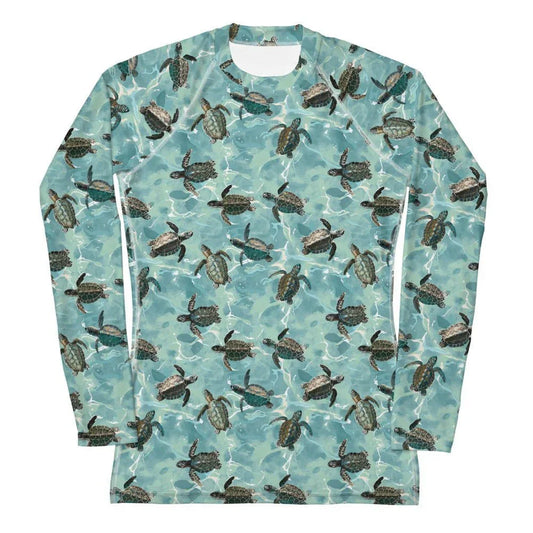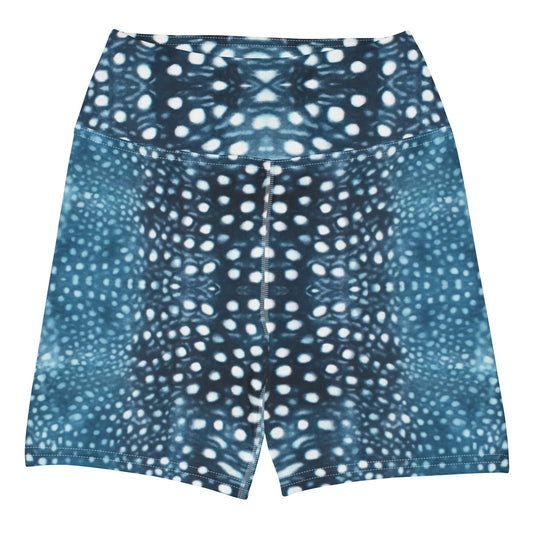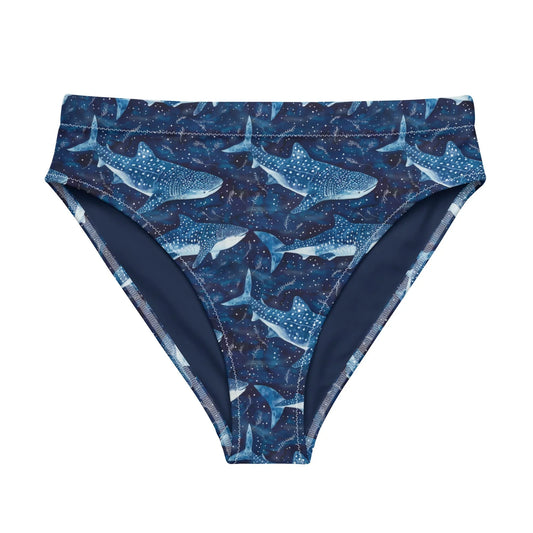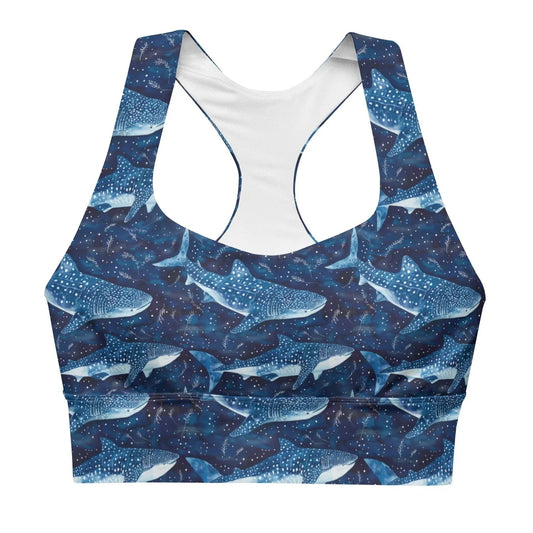
How Lionfish Became an Invasive Problem in the Caribbean
Angela ZancanaroShare
The lionfish is a stunning creature with its vibrant stripes, flowing fins, and dramatic spines. Beneath its beauty lies a fascinating yet destructive story. From their astonishing reproductive capabilities to their insatiable appetite, lionfish captivate marine enthusiasts while wreaking havoc on ecosystems where they do not belong. Here is how this invasive predator became a menace in the Atlantic and Caribbean, and what you can do to help fight back.
How Did Lionfish End Up in the Caribbean?

Lionfish are native to the Indo-Pacific region, where natural predators and environmental
factors keep their populations in check. In the 1980s, they were introduced to the Atlantic Ocean, most likely due to the aquarium trade. The story goes that some lionfish were accidentally or deliberately released by pet owners in Florida who could no longer care for them. These elegant predators quickly began to change entire ecosystems.
With no natural predators in the Atlantic, lionfish populations exploded. Their adaptability allowed them to spread rapidly across the Gulf of Mexico, the Caribbean Sea, and even as far north as New York and as far south as Brazil. They thrive in a wide range of temperatures, and a single female can lay up to 2 million eggs annually, giving them a near-unrivaled capacity to expand their territory.
What Makes Lionfish So Dangerous?

Lionfish are both captivating and destructive. Their unique combination of traits makes them a significant threat to marine ecosystems:
-
Opportunistic Feeders: Lionfish consume almost anything that fits in their mouths, including over 70 species of fish and invertebrates. Their diet consists of small fish, shrimp, juvenile lobsters, and crabs, many of which are critical to maintaining healthy reef ecosystems. These predators do not stop eating when they are full. They continue to hunt, wiping out populations of native species and disrupting the food web. In some areas, lionfish have reduced reef fish populations by up to 90%.
-
Masters of Camouflage: Lionfish use their bold stripes and flowing fins to blend seamlessly into coral reefs, ambushing their prey with lightning-fast strikes. Their visual deception allows them to hunt effectively while remaining unseen.
-
Adaptability: Lionfish thrive in diverse environments, including coral reefs, mangroves, and deeper offshore waters. They can survive in low-oxygen conditions and depths ranging from a few feet to over 1,000 feet, giving them a remarkable advantage in colonizing new habitats.
-
Rapid Reproduction: A single female lionfish can lay up to 30,000 eggs every four days, leading to exponential population growth. Over the course of a year, this can result in as many as two million eggs from a single individual. Their reproductive success makes controlling their spread incredibly challenging.
-
Venomous Spines: Lionfish possess venomous dorsal, pelvic, and anal spines that protect them from predators. Their sting is not usually life-threatening to humans but can cause severe pain, swelling, and temporary paralysis, making them dangerous to handle.
-
Ecosystem Disruption: By preying heavily on herbivorous fish, lionfish indirectly harm coral reefs. These herbivorous species are vital for controlling algae growth. Without them, algae can overgrow and smother coral reefs, which are already vulnerable due to climate change.
- Few Natural Predators: In the Indo-Pacific, lionfish have natural predators such as large groupers, sharks, and some species of moray eels. These predators have evolved alongside lionfish and learned how to safely consume them despite their venomous spines. In the Atlantic and Caribbean, these predators are not present, and local species have not adapted to view lionfish as prey. This lack of natural predation is a key reason for their unchecked population growth in non-native waters.
Lionfish are a perfect example of how a species, when introduced to a non-native environment, can cause catastrophic ecological imbalances. Their biology and behavior make them an apex invasive predator, dominating wherever they establish themselves.
Efforts and Actions to Control the Lionfish Invasion

While lionfish have no natural predators in the Atlantic, humans have stepped in to address the problem. Efforts to control the invasion include both organized campaigns and individual actions:
-
Lionfish Derbies and Hunting Courses: Dive shops and conservation groups in the Caribbean organize lionfish derbies and hunting courses. These events encourage divers to safely hunt lionfish using specialized equipment and techniques. Prizes are often awarded for the largest catch or the biggest individual fish. These initiatives not only reduce populations but also raise awareness about the lionfish problem.
-
Promoting Lionfish as a Delicacy: Lionfish meat is white, flaky, and delicious. Conservationists are working to create demand for lionfish in restaurants and markets. From ceviche to tacos to grilled fillets, lionfish dishes are a treat for seafood lovers. Supporting businesses that serve lionfish helps drive removal efforts while providing a tasty solution.
-
Public Education and Awareness Campaigns: Many organizations are teaching people about the dangers of lionfish and the importance of sustainable practices. These campaigns include educating divers, fishers, and tourists about how they can help reduce lionfish populations. They also promote responsible aquarium practices to prevent future invasive species introductions.
-
Community Involvement: Local communities are increasingly getting involved in lionfish management, from organizing removal events to spreading the word about the benefits of eating lionfish. Grassroots efforts have proven to be a powerful tool in combating the invasion.
- Participate and Advocate: Anyone can make a difference by joining lionfish hunting events, choosing lionfish dishes at restaurants, or simply spreading awareness about the issue. Together, these efforts can help reduce the impact of lionfish on vulnerable ecosystems.
Beauty with a Cost
The lionfish’s story is one of stunning beauty and ecological destruction. Their ability to reproduce, adapt, and hunt without restraint has turned them into one of the most invasive species in the Atlantic and Caribbean. With increased awareness, targeted hunting, and creative solutions, such as eating them, we can help restore balance to our oceans. Whether you grab a spear or a fork, your actions can make a difference. Let us work together to protect marine ecosystems and turn the tide against this beautiful invader!



























































